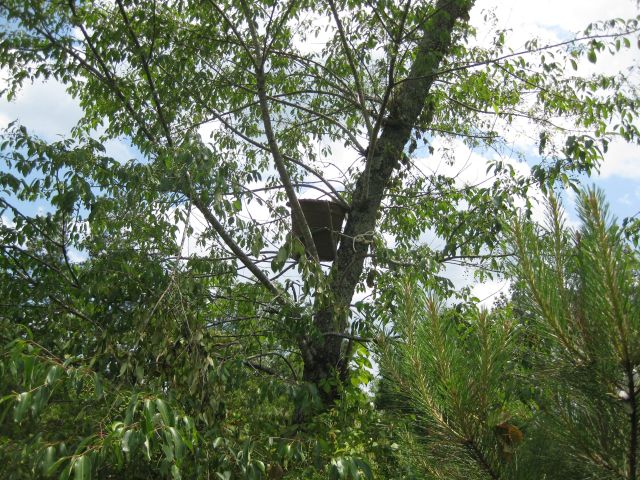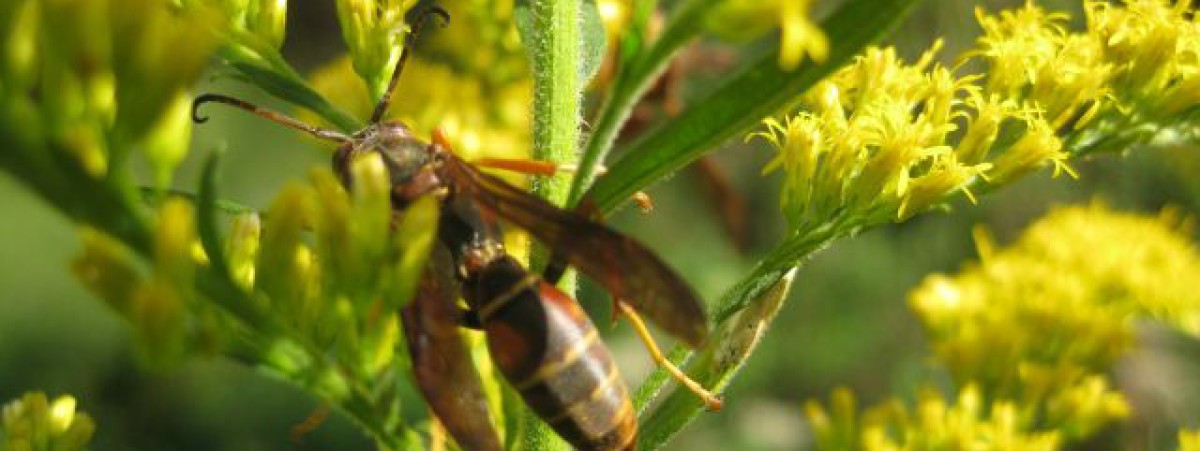Bees swarm to reproduce the colony and a common cause is population density or, according to an Australian beekeeper, dissatisfaction with current living conditions, which can be the same thing. A primary swarm is when the existing queen leaves with up to 60% of the population and a secondary swarm is when a virgin queen leaves with a large percentage of the bees. I reckon in my first year of beekeeping my bees swarmed 4 or 5 times.
So one way to prevent swarms is to give them more hive space – more deeps and supers so they don’t feel pressured. Some beekeepers believe that clippings the wings of the queen will lessen the likelihood of swarming, though this is contested. First year queens are allegedly less likely to swarm so replacing older queens with young queens may help. And then there is cutting out the queen cells – before swarming bees ensure that there is a new queen, or a queen on the way, for the hive from which they are departing. It can take 15 to 17 days for a queen to develop from an egg. So beekeepers may inspect their frames every 10 days to locate and cut out queen cells. One beekeeper says he inspects every 7 days. Before you cut out the queen cells you have to make sure there is still a queen in the colony, for if you cut out the queen cells and the bees have already swarmed then you can end up with a queen less colony which will become weaker and weaker.
All too much work for me. So apart from trying to provide optimal living conditions – not too hot or too cold and ample living room, I am a minimalist and keep out of the way. Until, at a recent beekeeping meeting I learned of swarm traps, and ordered one. It looks like a hollowed out tree trunk with an access hole at the bottom and a removable lid and came with a swarm lure. The lure is attached to the lid on the inside of the trap and the trap should be placed 9′ to 12′ above the ground and about 200′ to 250′ from the hive. I secured the trap to a single standing tree about 180′ from the hive and about 15′ above the ground. So, with some luck, I may be able to recover my bees if they swarm again.

